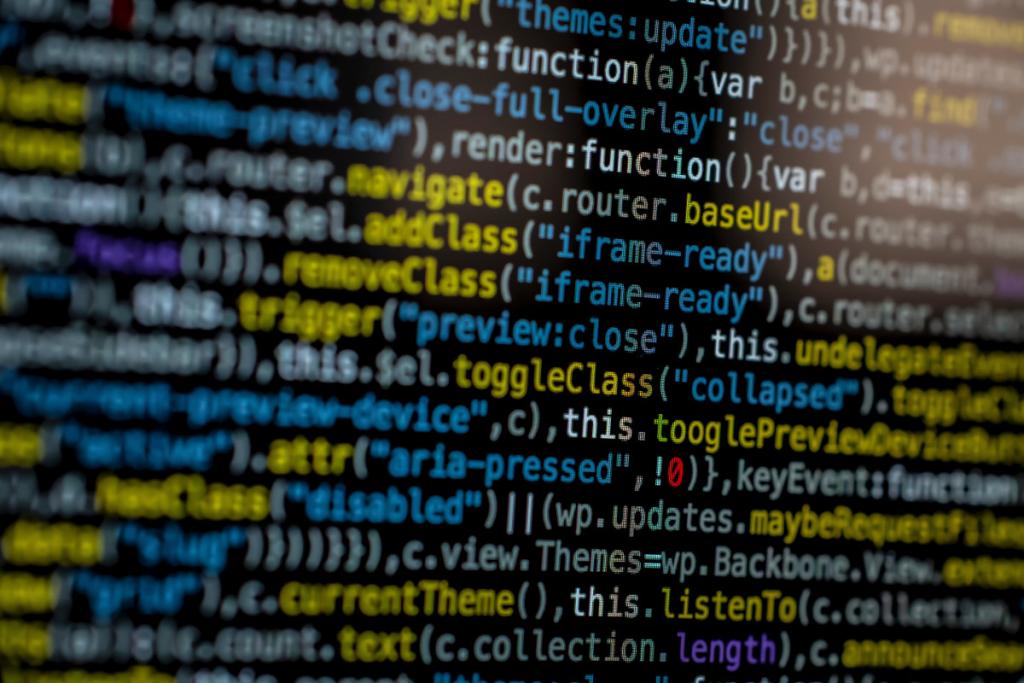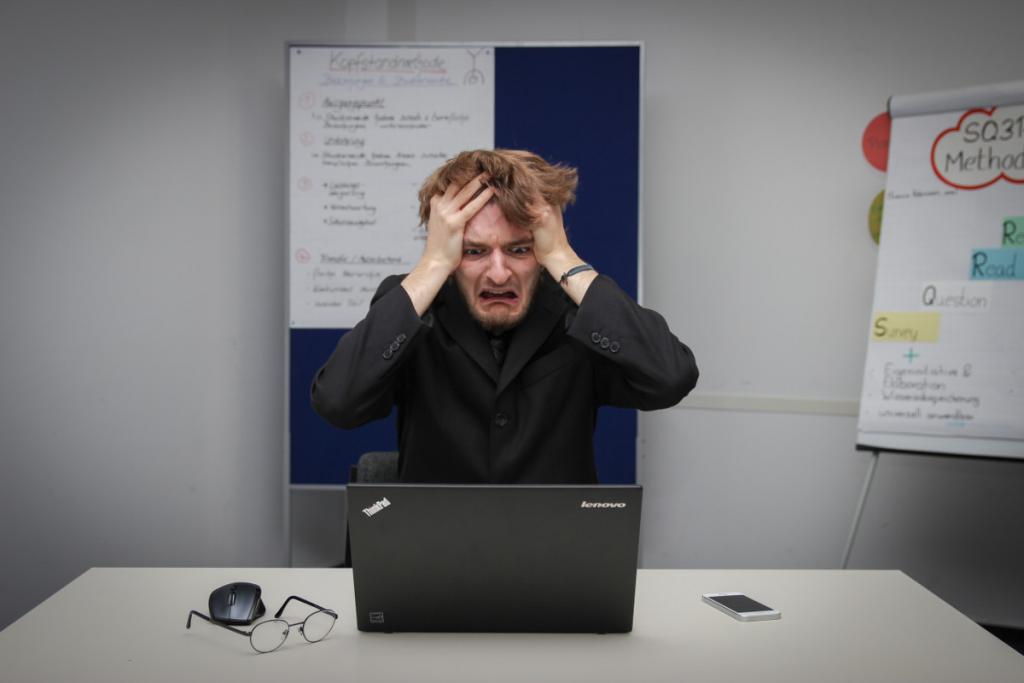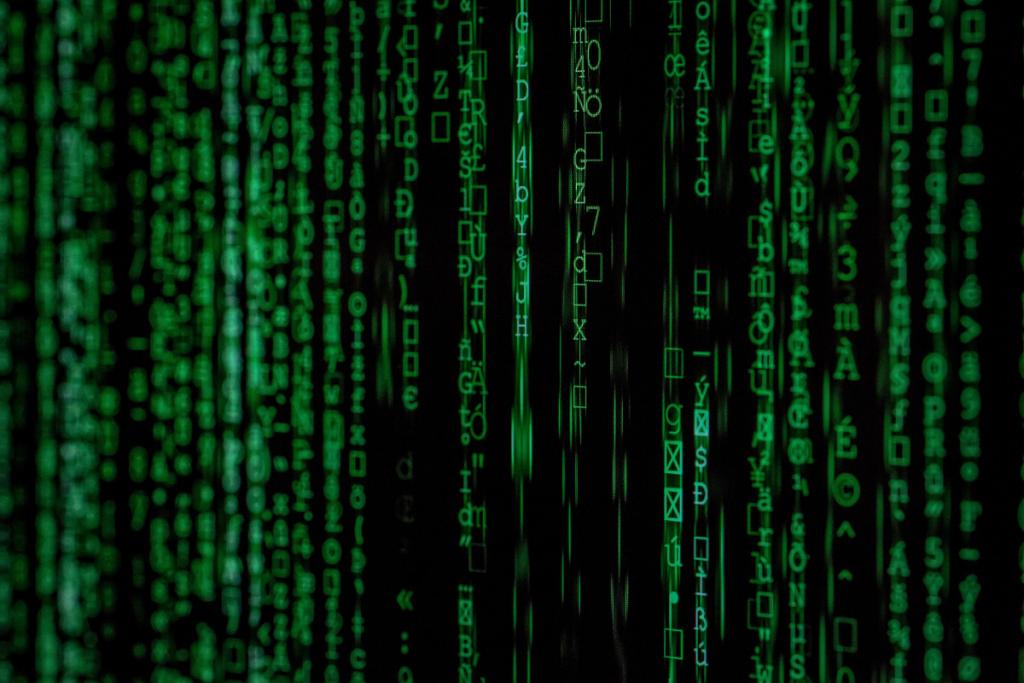Wondering how to patent software? Whether you have a mobile app, SaaS, cryptocurrency, or AI based invention, U.S. based software patent attorney Rohit Chhabra explains how to patent software based applications.

Can Software Be Patented?
Any invention can be patented as along as it meets two conditions. First, the invention needs to be unique, and second, it needs to be non-obvious. Software based patents technically are no different. As long as the software has unique features that would otherwise not be considered ‘obvious’, it can potentially be patented.
However, a problem arises when an attempt is made to patent a software implementation of a business method. As the name suggests, a business method based software patent is any invention that performs a “business activity” through the means of software (e.g., taxi hailing apps like Uber and Lyft). The USPTO and courts do not like when one attempts to create a monopoly over a business activity simply because it is implemented in software.
In other words, software can be patented as long as the invention is unique, non-obvious, and is described with sufficient details so that it is not considered to be disclosed in “abstract.” But this is easier said than done and requires strategic planning before filing a patent application.
How to Patent Software Based Business Methods?
It now has been approximately a decade since the law on software patents was set forth by the US Supreme Court, yet its implementation and interpretation has changed nearly every year. Nonetheless, while patenting software might be tricky, with proper planning and execution it is possible to get a software patent awarded.
However, before we delve into the subject of ‘what is needed to patent software based business methods’, it is important to understand why it is needed. Doing so will assist an inventor to formulate and gather the information needed to patent software based business methods.
The Alice Mess!
On June 19, 2014, the US Supreme Court published its ruling in the Alice v. CLS Bank International (Alice) case. This case addressed whether software can be patented, and if so, what should be disclosed by the inventor to enforce their patent rights. In Alice, the Court clarified its two-step framework (previously carved in its decision of Mayo Collaborative Servs. v. Prometheus Labs., Inc) to determine whether software based inventions were patentable.
Step 1: The first step requires determining whether the claimed invention is directed towards an abstract idea. Abstract ideas include fundamental economic practices, methods organizing human activities, an idea itself, and mathematical ideas or formulas. Most, if not all, business method based software inventions are considered as being directed to an abstract idea under this test.
Step 2: If the claimed invention is directed to an abstract idea, then the second step of the framework requires determining whether the claimed invention (a) limits the implementation of an abstract idea with a particular technology, (b) improves another technology or technical field, or (c) improves the function of the computer itself.
If any of these conditions are met then the claimed invention is supposed to be considered as patentable.
Now, one may think, “oh that’s easy.” Right?
Wrong!

Since Alice’s decision, numerous courts have attempted to navigate these questions with haphazard results. While one patent may have been determined as eligible, the same rationale fails for another. The main problem, particularly for business method patent applications, arises in determining what can reasonably be considered as “limiting the implementation of an abstract idea with a particular technology,” or “improving another technology.” With each new court case inconsistencies arises, and as a result, the USPTO has repeatedly attempted to narrow its interpretation of the Alice test. Needless to say, the patent office has been unable to achieve reconcilable results. Thus, calling the current state of software patent law in the US as a mess would not be unreasonable.
Without clear direction, the patent examiners tend to take a very narrow interpretation of the Alice test and would rarely consider any argument passing muster of step 2 unless a software implementation of the invention is described within the claims.
Subject Matter Eligibility Guidance
Until the end of 2019, each year, the USPTO had, at an average, released two Patent Examiner Guidances (PEGs) related to the issue of subject matter eligibility. As the name suggests, a PEG sets the USPTO’s formal guideline using which the examiner is expected to evaluate a patent application.
As of the writing of this post, the PEG issued on October 2019 formulates the latest guidance using which examiners are evaluating the subject matter eligibility of a software patent application. The guidance is now part of the patent examination guide called the MPEP, yet it continues to be updated despite reaching some level of standardization. Moreover, its implementation fluctuates based on the understanding of each patent examiner. Nonetheless, lets first understand the formal guidance.
MPEP Section 2106
MPEP Section 2106 requires applying the first step of the Alice test and now requires examiners to evaluate the following (sub)steps :
- First, examiners are required to identify whether the invention is based on an abstract idea (mathematical concepts, certain methods of organizing human activity, and mental processes). In this regard, the guidance attempts to provide some instruction to identify abstract ideas.
- Second, if the invention is determined to be based on an abstract idea, the examiner is required to implement a two-prong inquiry:
-
- In the first prong, examiners will evaluate whether the claim recites a judicial exception preventing patentability of the invention.
-
- And if so, in the second prong, examiners will evaluate whether the claim recites additional elements that integrate the identified judicial exception into a practical application.
-
If a claim recites both a judicial exception and fails to integrate that exception into a practical application, then the invention is “directed to” a judicial exception and preliminarily determined patent ineligible. In such a case, further analysis pursuant to the second step of the Alice test will be required.
However, patent applicants can get into various issues when attempting to convince the examiner that the invention is not an abstract idea or that the claim provides sufficient details to be considered as ‘integrating an abstract idea into a practical application. Since, in most matters, the examiner is the final adjudicator of an application (appeals can get prohibitively expensive), the easiest way to overcome an Alice type subject matter eligibility rejection would be to augment the invention with a specific software implementation. Please note: this can only be done at initial stages of drafting an application prior to its filing.
To Patent Software Disclose a Software Implementation
Providing a technical implementation of how the software performs the task described by the invention would pass the Alice test. Why? Because: first, it becomes easy to argue that there is no abstract concept being described by the invention, and second even if the invention is considered as an abstract idea, it can also be argued that the invention is described with sufficient detail such that “the implementation of an abstract idea” integrates it into a practical application or by the conventional arguments that the invention (i) limits it to a particular technology, (ii) improves another technology/technical field, or (iii) improves the function of the computer itself.

However, this often requires the inventor to describe the invention in technical terms. Particularly, the inventor needs to realize that nothing happens “automagically” by a computer. The inventor needs to provide sufficient detail on how the tasks are performed by the computer.
I’ll elaborate further with a real example:
A large tech company in Silicon Valley attempted to patent an idea of improving a user’s ride sharing experience when using taxi hailing apps (like Uber or Lyft). The patent application described that if multiple users were going to the same venue (e.g., bar, club, meeting. etc.), the app could automatically coordinate a shared ride (pool service) amongst them. The patent application described the following key features the app could perform:
- identify each user (and their current GPS coordinates) of the group heading to the same location.
- Generate a proposed route that extends from the initial location of the furthest user and terminates at the destination location.
- Once the furthest user from the destination accepts the route, a notification is sent to the next furthest user member from the set (of users) to accept the route and so on.
- The route is automatically changed based on the number of users who accept the proposed route to maintain the shortest distance from the initial location of the furthest user to the destination.
- Based on the number of users who accept the route, the driver receives a notification to initiate the stops.
The patent application augmented the disclosure with flow charts, etc., but did not disclose how a computer would perform the proposed actions.
Since without a computer, a taxi driver can easily determine an appropriate route to take (if he’s asked to take a detour and pick someone else), applying the Step 1 analysis, the examiner held that the invention was directed towards an abstract idea of organizing a human activity. Particularly, the examiner determined that the invention could be performed by conventional means, like in the human mind or by using a pen and paper (e.g., a physical map) — without the need of a computer.
Thereafter, performing the step 2 analysis, the examiner held that the patent application did not limit the idea with a particular technology, improved another technology or technical field, or improved any aspect of a computer itself.
Arguably, had the applicant provide sufficient technical details related to how the innovative features were implemented by a computer (as opposed to what was performed using a computer), perhaps the company could have provided a practical implementation of the idea to render it patentable.
However, since substantial amendments are not permitted in a patent application after it has been filed, it was too late to present additional details. The invention was rejected and subsequently abandoned by the company.
Conclusion
To patent software one must be prepared to describe “how” the innovative features are implemented by a computer. Only describing “what” the features are or “what” the user experiences on screen is most likely to be deemed as an unpatentable abstract idea.